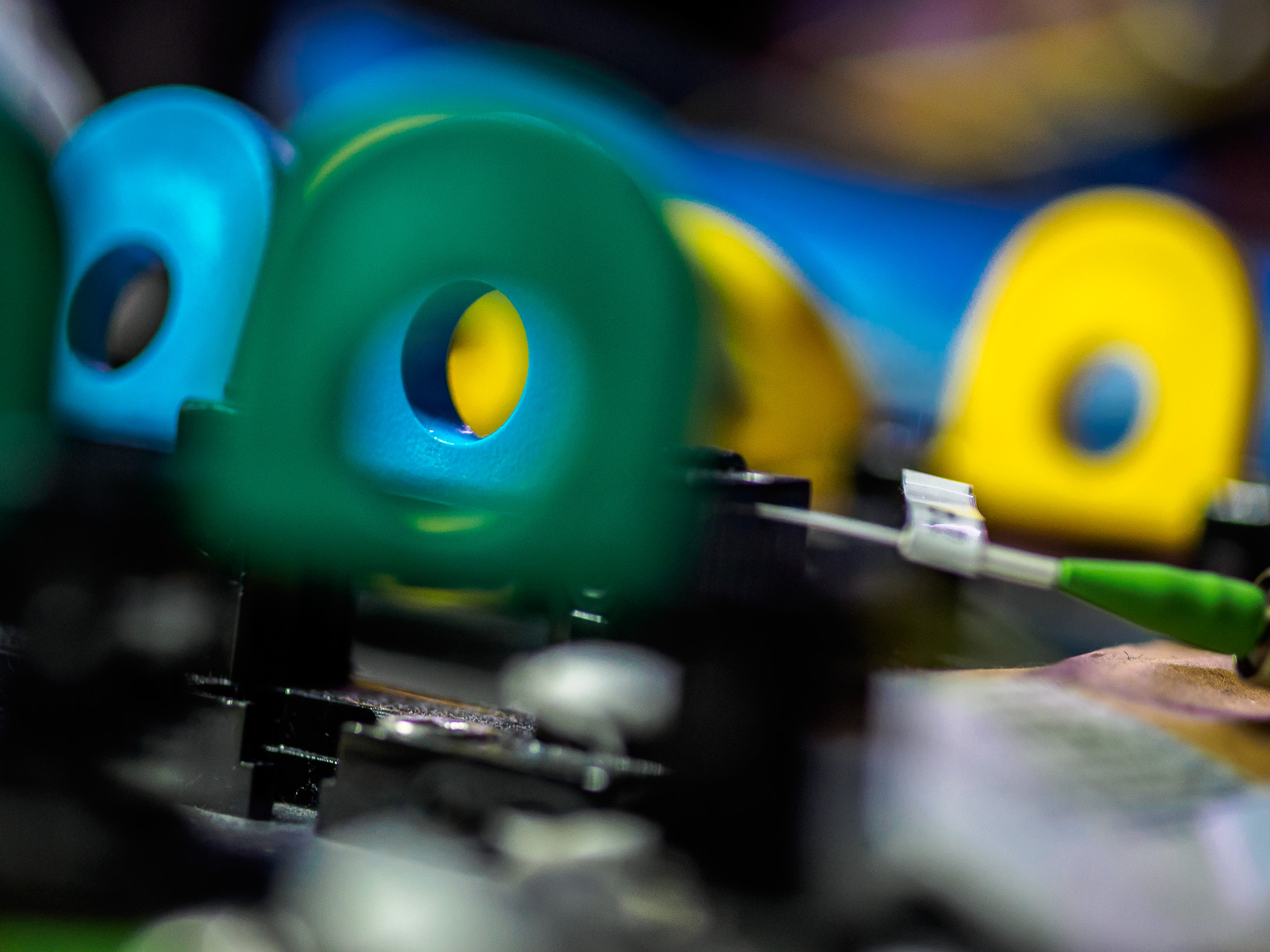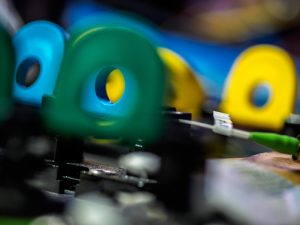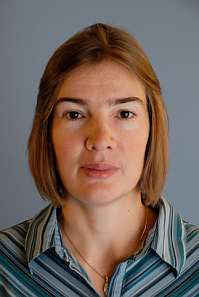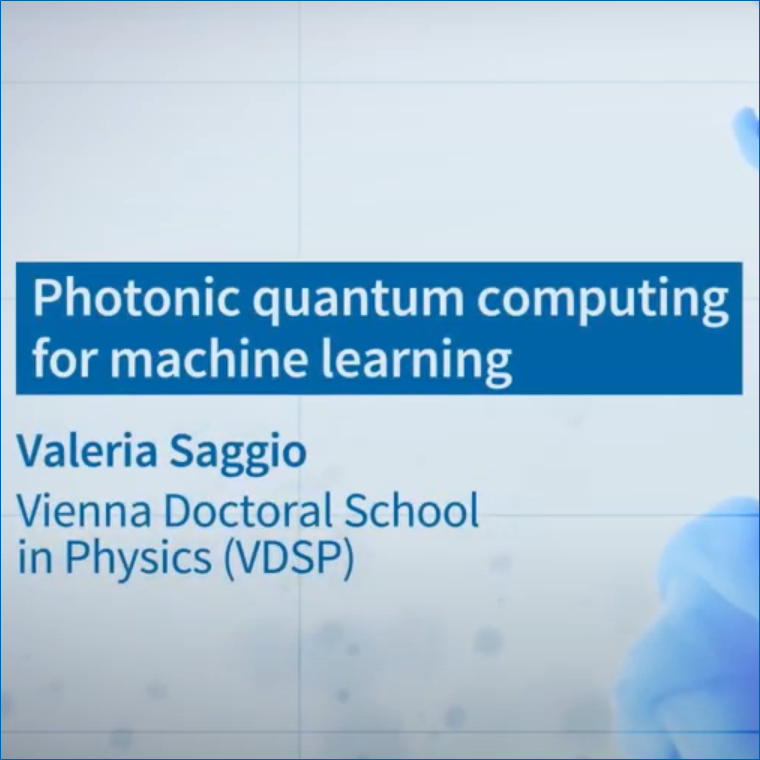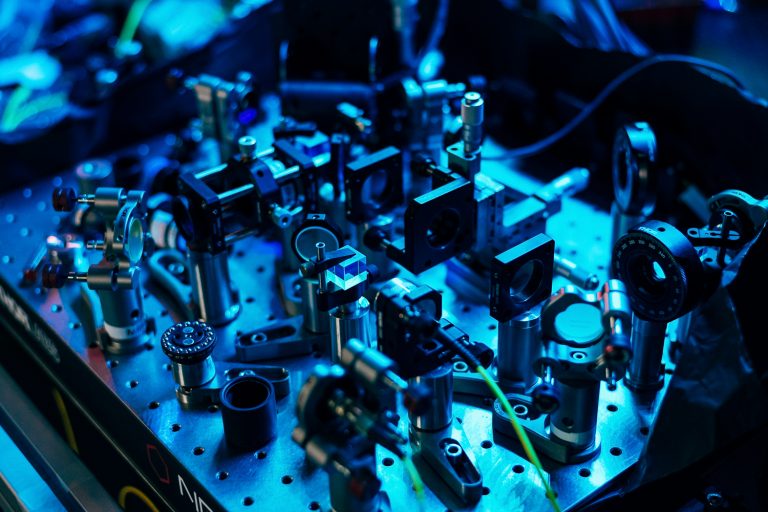
In the middle lies the power
“If two network participants want to communicate, they have to find photons arriving at the same time. These are then part of an entangled pair and can be used for encryption. Since we use different wavelengths, the communication partners can concentrate on the relevant wavelength and ignore the remaining photons. This also works for several parallel connections,” says Wengerowsky. The actual communication does not take place via the quantum network. Only the unbreakable key is generated here; the message encrypted in this way can then be sent over a normal Internet connection. For optimal security, however, the key must be bit for bit the same size as the message to be transmitted, regardless of whether it is text, audio or video material.
Dreams of the future: Cloud of quantum computers
The key does not have to be created in real time. Participants in the quantum network can also stockpile the photons that form the key. “We kept the network running for 17 hours in the experiment and achieved data rates between five and 300 bits per second,” says Wengerowsky. This is still not enough to implement the most secure variant of encryption for data volumes such as those commonly sent back and forth in today’s Internet. “There are technical possibilities to improve the data rate. I’m not sure that every YouTube video really needs to be secured with this type of encryption anyway, even though it might be technically possible,” says Wengerowsky.
Nevertheless, the new network architecture for quantum encryption could be an important building block for a future quantum Internet. “In theory, the number of network participants can easily be scaled up with our architecture, even if it is technically challenging. We can also combine our method with point connections and other methods, for example to bridge greater distances. A future quantum Internet will probably rely on a mix of different architectures,” says Wengerowsky.
- PUBLICATION
- MORE INFORMATION
A trusted-node-free eight-user metropolitan quantum communication network
DOI: 10.1126/sciadv.aba0959
Science Advances, 2020.
- Website IQOQI Vienna
- Contact: Sören Wengerowsky, soeren(at)uni-bremen.de
